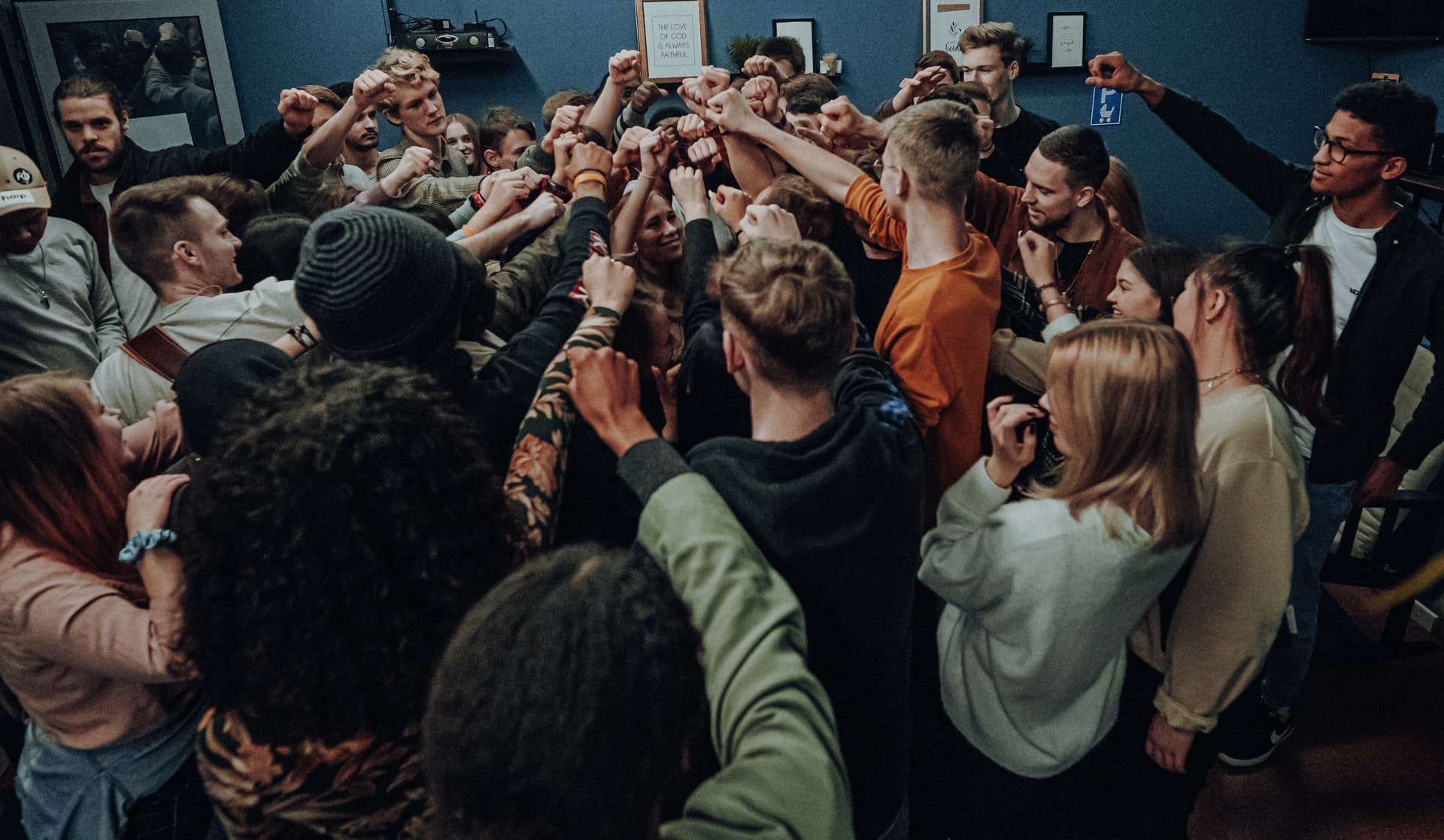Social psychology affects many domains of our everyday life. Understanding how and why our prospects behave the way they do is a significant component of every marketer’s job. We conduct keyword research, create buyer personas, and monitor where people click on our site pages to understand better how and why people buy from us.
But there’s more to the tale. What about your prospects’ mental states? How beneficial would it be to predict or inform their behavior and then base your marketing on that knowledge?
If you want to know what is social psychology read our article.

Why is social psychology important for marketing?
Others feel that the digital age has erected a barrier between people, tearing down social ties that were previously essential. According to MIT professor Sherry Turkle, “We’re losing the raw, human component of interacting with one another.”
On the other hand, others argue that technology and the Internet have not destroyed social interaction but rather have changed it, generating new and unique ways to interact and stay in touch.
This is something that digital marketers may find particularly fascinating and beneficial, allowing for innovative methods of communicating a message across more effectively than ever before.
This is what we’re looking into today: how marketing professionals might utilize social psychology to create a new strategy.
Principles of Social Psychology
Reciprocity
Reciprocity is a tendency of responding to action with another action. The principle of reciprocity can evoke sentiments of indebtedness, even when confronted with an uninvited favor. It is a crucial element in human activity and a powerful instrument for attaining compliance. The rule of reciprocity has the ability to elicit feelings of indebtedness, even if faced with an unexpected favor.
When someone gives you a gift, you are often influenced by pleasant sentiments for the present-giver and a desire to repay them.
Here’s how it works in practice: When given a small gift of candy while being asked for a donation, 11% of people would offer an amount equivalent to one day’s pay, compared to 5% who were requested for the money.
Give your prospects, leads, or customers a “present” before asking them for anything — as in, something for free. It doesn’t have to be extravagant: Perhaps an informative e-book, a free strategy consultation call, company apparel with the logo on it, or even a handwritten note are all great options.
You’ll be identifying yourself with one another by subscribing to the deal, making your followers feel more connected to you, increasing brand loyalty and goodwill, and leaving a community of brand evangelists in your wake.
We have a dedicated article on reciprocity if you want to learn more.
Priming
It’s a type of cognitive bias that makes the decision-making process easier and quicker. Priming is the process by which information in memory is activated just before a new stimulus or activity. This occurs unconsciously, yet it has a significant influence on many parts of our daily life.
What’s the connection between lead nurturing and marketing? A lot. You may use subtle priming methods to assist your website visitors in recalling essential information about your brand and, perhaps, influence their purchasing choices.
This is something we’ve done before. Naomi Mandel and Eric J. Johnson, conducted an experiment where they modified the background design to see if it would impact consumers’ product selections. Participants were given two options in one category (such as a Toyota vs. a Lexus).
Customers who had been “primed on the money” (with bills in the background) looked at price information longer than those who were not. In addition, consumers who were primed on comfort looked at comfort data for a more extended period than those priming them on safety.
Decoy effect
In marketing, the decoy effect (or attraction effect or asymmetric dominance effect) is a psychological phenomenon in which consumers are said to have a distinct change in preference between two alternatives when simultaneously presented with a third option that is asymmetrically dominated.
In his famous decoy pricing study, psychologist Dan Ariely surveyed 100 of his MIT students. He asked them to choose between the following two alternatives:
Web-only subscription for $59
Print and web subscription for $125
For only $59, only 36% of consumers chose the less expensive $59 option, while 38% went for the more costly print and website bundle.
Option Ariely wanted to sell was the print and online subscription, so he changed his offer to include a decoy; for the same price as the print and web subscription, he added a third option, the “print-only subscription.”
Web-only subscription for $59
Print-only subscription for $125
Print and web subscription for $125
This conclusion was stunning. 84% of respondents selected the print and web subscription, while 16% chose the web-only subscription.
What happened? Ariely’s inclusion of the decoy choice disrupted things and made the actual option he wanted people to notice stand out.
Don’t miss our dedicated article about the decoy effect.

Foot in the door
It’s about making a small request before making a more significant request. For example, it was proved that people are more likely to agree to do something for you when you’ve already created an initial request. A similar technique to foot in the door is the door in the face where if someone approaches us with a request that is too far-reaching, you may decline at first. Still, after they make a more reasonable request, you are more likely to accept it.
In their famous 1966 study, Freedman and Fraser go door-to-door and ask people to post a tiny card in their window supporting safe driving. Then, when a different individual approached the same people two weeks later, they were asked to erect a big sign in their front yard advocating safe driving.
The result: When compared to people who were never asked to put a sign in their windows and simply requested to display a large sign in their yards, those who agreed to the first request subsequently complied with the more invasive request at a rate of 76 percent, compared to 20% of individuals who had never been asked to put up a sign in their windows
The lesson is that if you get a small “yes” from someone, you are more likely to receive a large “yes” in return. During the small request, a connection develops between the requester and requestee, making them more inclined to accept a greater demand. People also like to act consistently after how they responded to the initial solicitation.
Don’t get someone to buy your product or schedule an hour-long demo call when they first visit your website. Instead, make a lesser request, such as asking to set up a 15-minute conversation about anything related to your product or service, like a consulting session. Also, consider prioritizing small asks before bigger ones.
Mere exposure effect
The mere exposure effect occurs when you are more inclined to like something if you see it regularly. Zajonc conducted a study in 2000. First, he displayed participants a series of foreign words. Then, he had them rate the meaning of each word based on its connotation.
The phrases highlighted frequently were evaluated, on average, one point more favorably than those only shown once.
Ensure that your buyer personas frequently access your marketing material by ensuring that it performs well in search. To succeed, you’ll need to get to know your buyer personas and your closest friends so that the things you create to rank for a variety of key terms. As a result, people feel good about your brand when they see it.
Don’t miss our separate article on the mere exposure effect.
Environment effect
Unconscious environmental signals may have a significant impact on our decisions. And, at times, these activated cues are potent enough to influence our judgments by recalling past experiences, opinions, and predispositions relating to a specific issue.
Schedule the call for when the potential buyer is in an environment where they would be using the product – generally at work and not at home.

Peer pressure
It’s all about the numbers: comparing yourself to others and seeing how you stack up has long been a marketing practice. Peer comparison is linked to the notion of social proof, which refers to the positive impact of learning that other people are performing a specific action. This influence might persuade someone that they should perform the same thing as those individuals.
In emails and landing pages, highlight how many people in your industry have downloaded this specific e-book or template. Place a ticker beside your social sharing icons indicating how many of their coworkers have shared this article to their networks, for example. This peer comparison should entice consumers to both the download of the offer and social media sharing.
Check out What is Door in the Face Technique?
Conclusion
The social psychology in marketing article discusses how social psychology plays a vital role in consumers’ decisions. One effect is known as social proof. Social proof occurs when people are persuaded because others are performing specific actions. Peer comparison is also linked to social proof. People are convinced by seeing that other people perform a particular action (Luh, Burruss, & Kacpura, 2009).
Other types of social influence include the mere exposure effect and the environment effect. Lastly, social psychology can be used in marketing with different techniques like Zajonc’s study on word meanings, the social media share buttons, and even email or landing pages.
